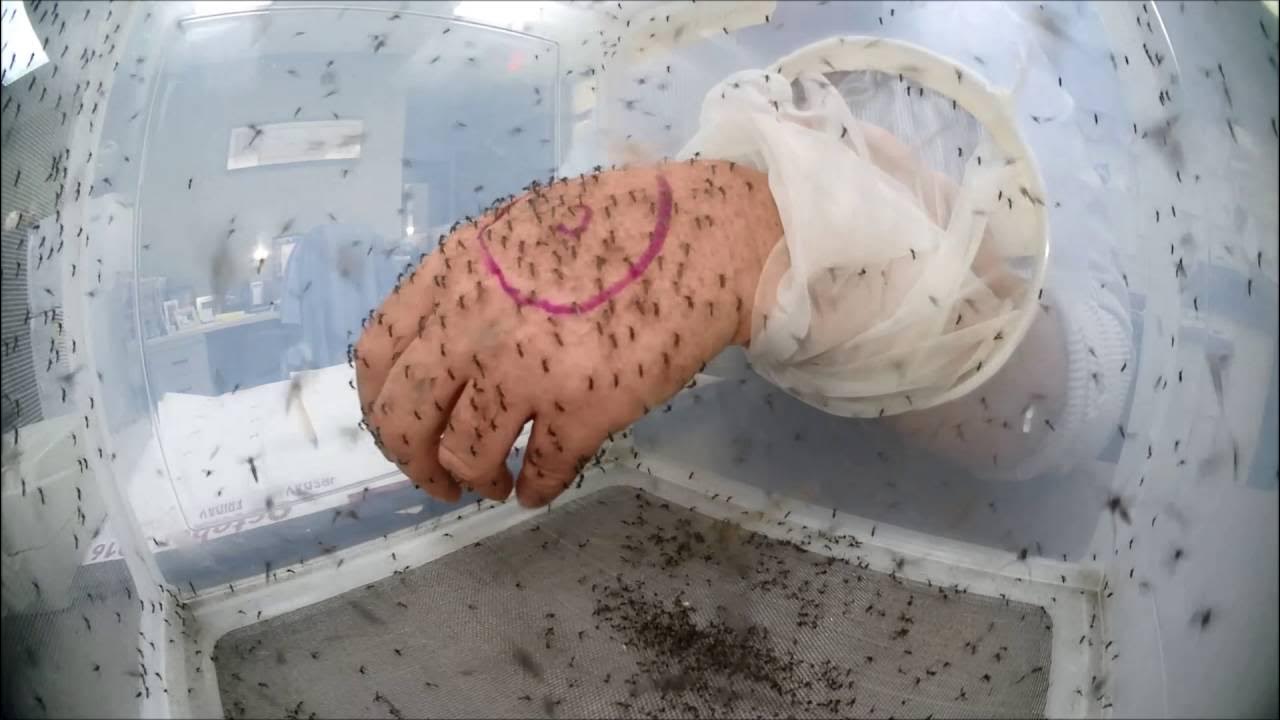System function - What's the function 2 _ Mosquito repellant
Summary
TLDRIn this engaging video, the speaker discusses the evolution of mosquito-repellent technologies, tracing the history from incense sticks used to drive away mosquitoes to modern liquid-based devices. The speaker highlights the shift in approach, from spreading fumes in a room to using ultrasonic waves and various personal solutions like creams and sprays. By examining the function of these devices, the video emphasizes how understanding the core purpose—keeping mosquitoes away from humans—leads to the development of more effective solutions. This analysis touches on both historical practices and future innovations in pest control.
Takeaways
- 😀 The module explores technology forecasting for strategic decision-making by examining the functions of specific systems.
- 😀 The presenter uses the example of incense sticks to explore the history and evolution of technologies designed to drive away mosquitoes.
- 😀 In southern India, it was a common tradition to light incense sticks at 6 pm to drive away mosquitoes, as the smoke was believed to be effective in repelling them.
- 😀 The evolution of mosquito repellents started with incense sticks and progressed to coils, which burned for longer periods and were more effective at repelling mosquitoes.
- 😀 The next advancement involved the use of mats that were inserted into wall sockets, where they heated up and released chemicals to repel mosquitoes.
- 😀 Over time, this technology evolved further into liquid refills, which vaporized the chemical solution to disperse fumes into the air to drive away mosquitoes.
- 😀 The presenter highlights a gadget that uses ultrasonic waves to repel mosquitoes, representing another step in technological evolution.
- 😀 The function of mosquito repellents is to spread fumes in a room, with the secondary effect of repelling mosquitoes as a result of the fumes.
- 😀 By expanding the horizon of the problem, the presenter suggests alternative solutions, such as mosquito nets, which physically separate people from mosquitoes.
- 😀 Another evolution is the development of creams and lotions that create a barrier to prevent mosquitoes from biting, keeping people safe from mosquito-borne diseases.
- 😀 The presenter emphasizes the importance of understanding the function of a system to guide the evolution of solutions, citing TRIZ trends such as 'dynamization' as a way to innovate based on function.
Q & A
What is the main function of the incense stick mentioned in the video?
-The primary function of the incense stick is to spread fumes inside a room. Although it helps drive away mosquitoes as a secondary effect, its main function is to release smoke or fumes into the space.
How did the use of incense sticks for mosquito control evolve over time?
-Initially, incense sticks were used for both their fragrance and to keep mosquitoes away. Over time, the use evolved into mosquito coils, mats with chemical refills, and eventually liquid refills for more efficient mosquito control.
What was the purpose of using mosquito coils in the evolution of mosquito control?
-Mosquito coils were used as an evolution of incense sticks, providing a longer-lasting solution. They could burn for a longer period and help keep mosquitoes away, offering more sustained protection compared to incense sticks.
How did the introduction of mosquito mats improve upon previous mosquito control methods?
-Mosquito mats introduced a new approach by using a chemical-infused mat that could be heated by an electric device, releasing fumes to repel mosquitoes. This method was more efficient than incense sticks and coils because it was easier to use and provided a more controlled release of the repellent.
What role did liquid refills play in the evolution of mosquito control systems?
-Liquid refills in mosquito control systems provided a more modern solution by vaporizing the liquid when heated. This method allowed for a continuous and even distribution of fumes, providing longer-lasting mosquito control without the need for solid refills like mats.
What is the direct function of the mosquito repellent system discussed in the video?
-The direct function of the mosquito repellent system is to spread chemical fumes throughout a room. While the secondary effect is driving away mosquitoes, the primary goal is the dispersal of fumes.
How does expanding the understanding of the problem lead to more diverse mosquito control solutions?
-By expanding the problem from simply repelling mosquitoes to separating humans from mosquitoes, more diverse solutions emerge, such as mosquito nets, creams, sprays, and ultrasound devices that create barriers or repellents to keep mosquitoes away from people.
What does the evolution of mosquito control methods, from solids to liquids to gases, represent in terms of technological development?
-The evolution from solids (incense sticks) to liquids (refills) to gases (canisters) represents an increase in efficiency and convenience. Each stage allows for more controlled, longer-lasting, and widespread mosquito repellent effects.
What does the concept of 'dynamization' refer to in the context of this technological evolution?
-'Dynamization' refers to the evolution of a system in terms of geometry and the way it delivers its function. In this case, it means moving from solid, liquid, and gas forms of repellent delivery to more dynamic and efficient systems, such as ultrasound or other field-based solutions.
What is the ultimate goal when considering the functionality of mosquito control systems?
-The ultimate goal is to keep mosquitoes away from human beings, either by directly repelling them or by creating physical barriers such as mosquito nets or applying repellents to the skin.
Outlines

This section is available to paid users only. Please upgrade to access this part.
Upgrade NowMindmap

This section is available to paid users only. Please upgrade to access this part.
Upgrade NowKeywords

This section is available to paid users only. Please upgrade to access this part.
Upgrade NowHighlights

This section is available to paid users only. Please upgrade to access this part.
Upgrade NowTranscripts

This section is available to paid users only. Please upgrade to access this part.
Upgrade Now5.0 / 5 (0 votes)





